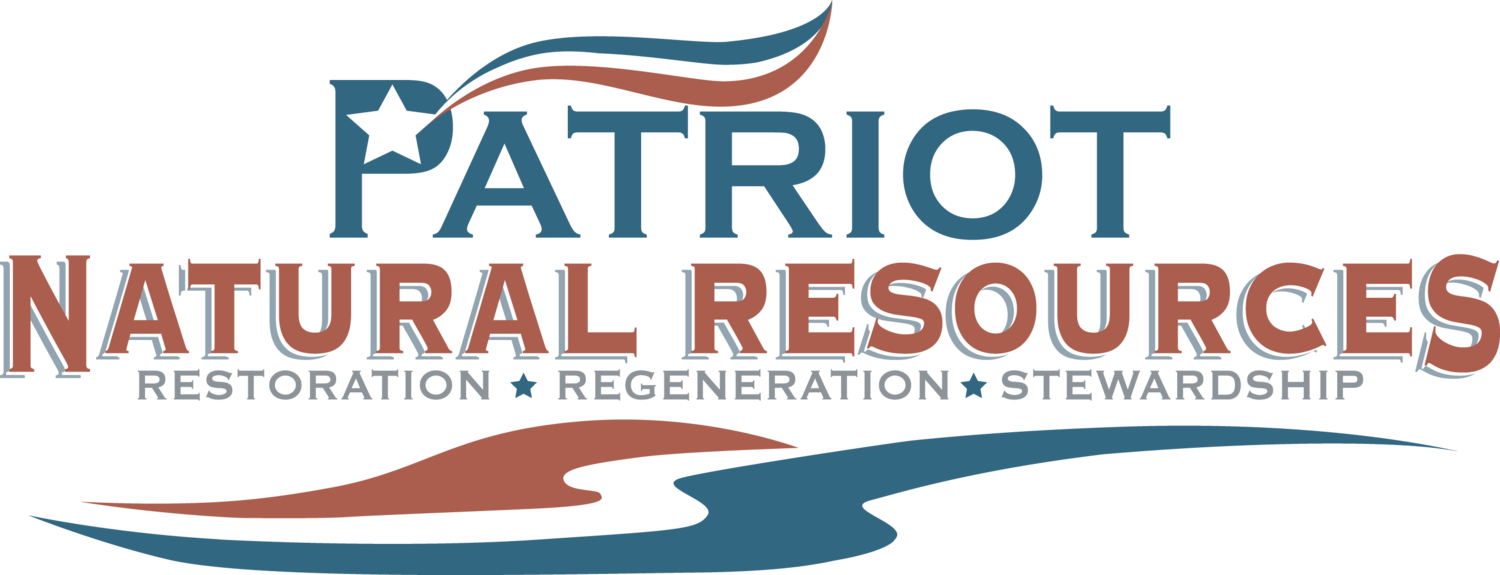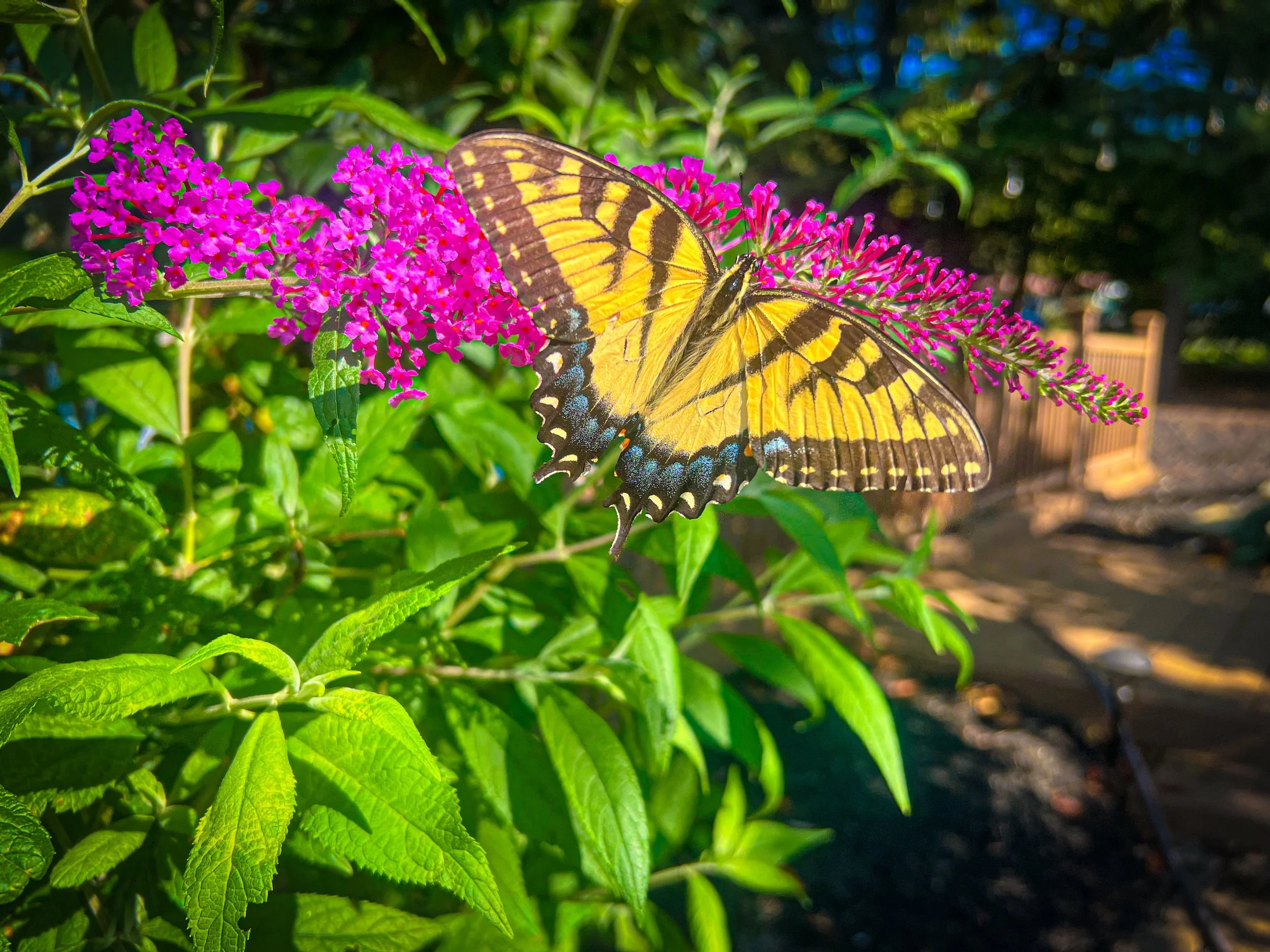The Importance of Pollinator Plantings: Supporting Ecosystems and Enhancing Your Property
Why Pollinators Matter
Pollinators like bees, butterflies, and other insects are the unsung heroes of our ecosystems. These small creatures play a critical role in plant reproduction, helping to fertilize crops, wildflowers, and trees. Without them, much of our food supply and natural habitats would be at risk.
For property owners in Maryland, the Chesapeake Bay Watershed, and surrounding areas, pollinator plantings are more than just a way to beautify the landscape—they are a powerful tool for supporting biodiversity, improving land health, and contributing to environmental stewardship.
What Are Pollinator Plantings?
Pollinator plantings consist of native flowers, shrubs, and grasses that provide food, shelter, and breeding sites for pollinating insects. They are intentionally designed to mimic natural ecosystems and meet the specific needs of local pollinator species.
Common plants used in pollinator plantings for Maryland include:
• Black-eyed Susan (Rudbeckia hirta)
• Milkweed (Asclepias spp.)
• Bee Balm (Monarda spp.)
• Goldenrod (Solidago spp.)
• Coneflower (Echinacea spp.)
These native species are adapted to the region’s climate and soil, making them resilient, low-maintenance, and highly beneficial.
Benefits of Pollinator Plantings
1. Support Local Wildlife:
Pollinator plantings provide essential resources for bees, butterflies, hummingbirds, and other pollinators, many of which are facing declining populations.
2. Enhance Ecosystem Health:
A healthy pollinator population leads to better plant diversity, improved soil health, and a more balanced ecosystem.
3. Boost Agricultural Productivity:
If your property includes crops or fruit trees, pollinator plantings can directly increase yields by attracting vital pollinators.
4. Erosion Control and Water Management:
Many native plants used in pollinator gardens have deep root systems that stabilize soil, reduce erosion, and filter runoff, protecting nearby waterways like those in the Chesapeake Bay Watershed.
5. Low Maintenance:
Once established, pollinator gardens require minimal watering, fertilizing, or mowing, making them a sustainable option for large and small properties alike.
6. Aesthetic Value:
Beyond their ecological benefits, pollinator plantings add vibrant colors and textures to your property, creating a beautiful and inviting space.
Steps to Establish Pollinator Plantings on Your Property
1. Assess Your Site:
Identify sunny areas with well-drained soil that can support a variety of native plants. Consider factors like soil type, existing vegetation, and water availability.
2. Select Native Plants:
Choose a mix of native flowers, shrubs, and grasses that bloom at different times of the year. This ensures a continuous food source for pollinators throughout the growing season.
3. Prepare the Site:
Remove invasive species and existing turf or weeds. Depending on the size of the area, this may involve mechanical removal, herbicides, or a combination of both.
4. Plant Strategically:
Group plants in clusters to make it easier for pollinators to locate them. Place taller plants at the back of beds and shorter ones at the front for a layered effect.
5. Provide Maintenance:
Water newly planted areas regularly until the plants are established. Monitor for invasive species and remove them promptly. Minimal mowing and seasonal pruning may be required to maintain the planting.
6. Incorporate Additional Features:
Consider adding bee boxes, logs, or small water features to further support pollinator species.
How Patriot Natural Resources Can Help
At Patriot Natural Resources, we specialize in creating and managing pollinator plantings tailored to Maryland’s unique ecosystems. Our services include:
• Site evaluation and planning to determine the best approach for your property.
• Selection and sourcing of native plant species that support local pollinators.
• Site preparation, planting, and early maintenance to ensure successful establishment.
• Long-term management strategies to keep your pollinator habitat thriving.
By working with us, you can create a beautiful, functional space that supports pollinators while enhancing the health and value of your property.
A Step Toward Stewardship
Pollinator plantings are a simple yet impactful way to support the environment while enjoying the beauty and benefits of native plants on your property. Whether you own farmland, a recreational property, or conservation land, investing in pollinator habitats is a win-win for you and the ecosystem.
Contact Patriot Natural Resources today to learn how we can help you design and implement a pollinator planting that makes a lasting difference.

